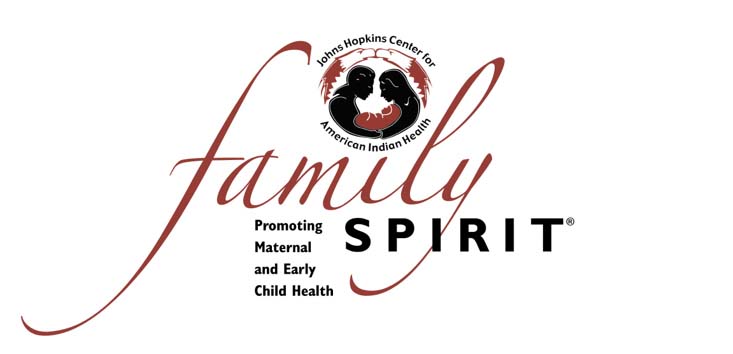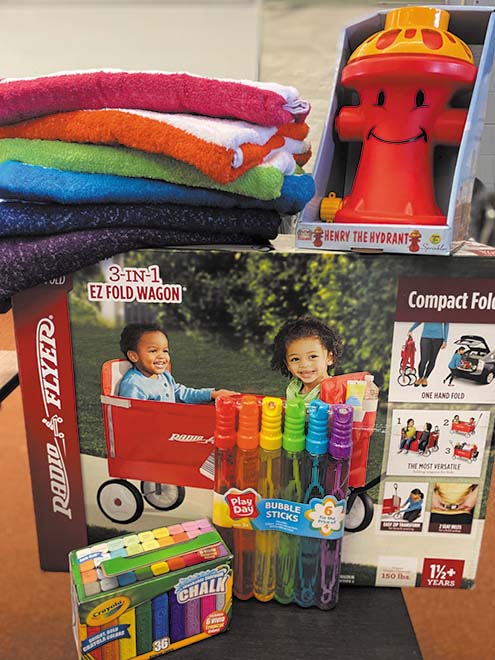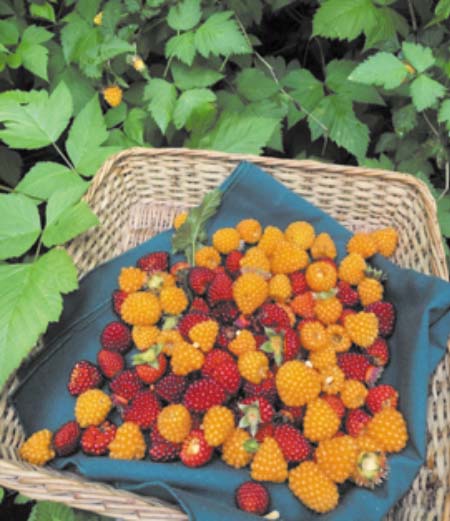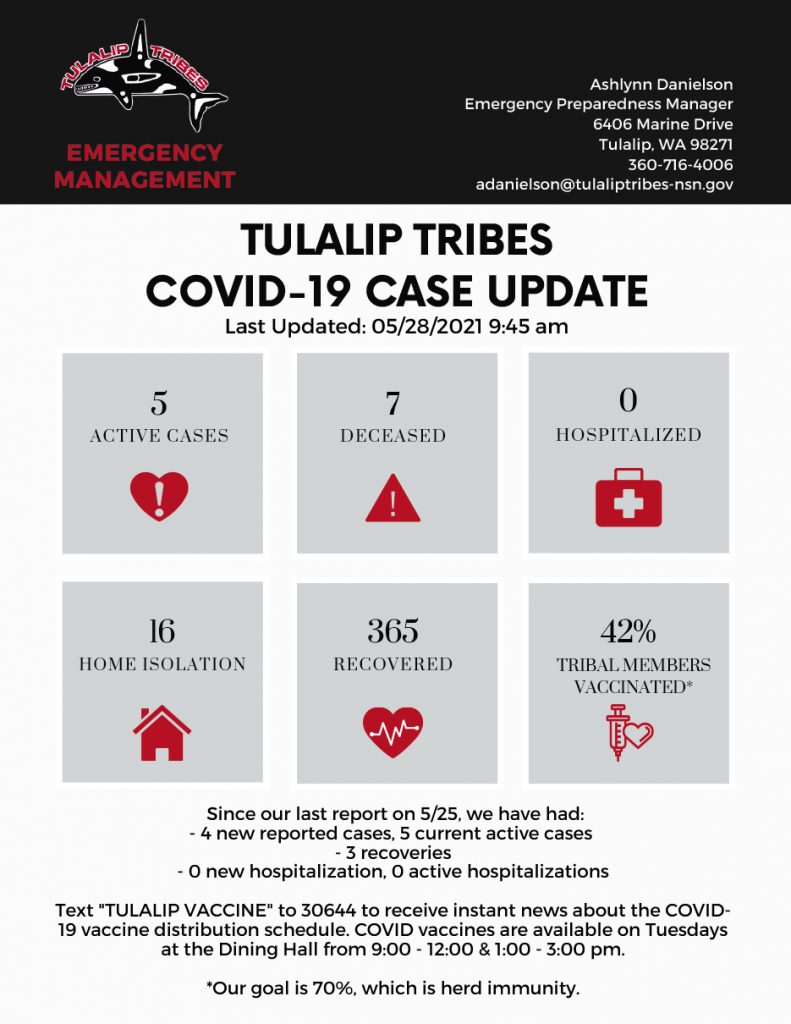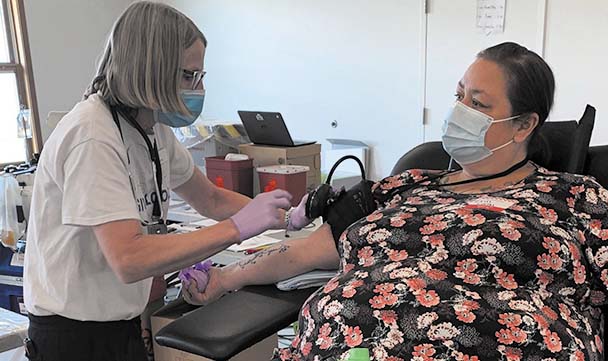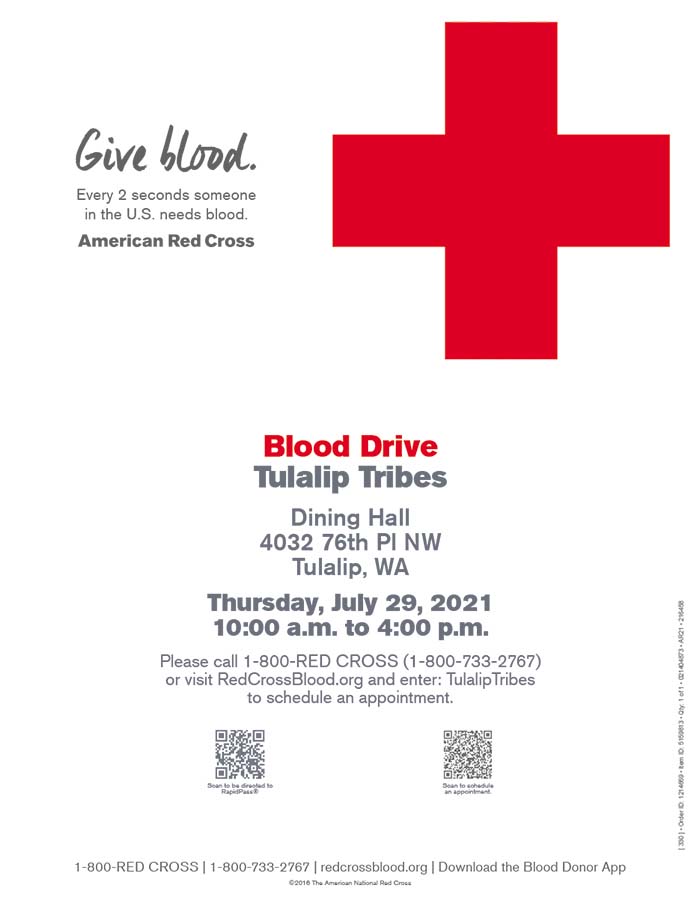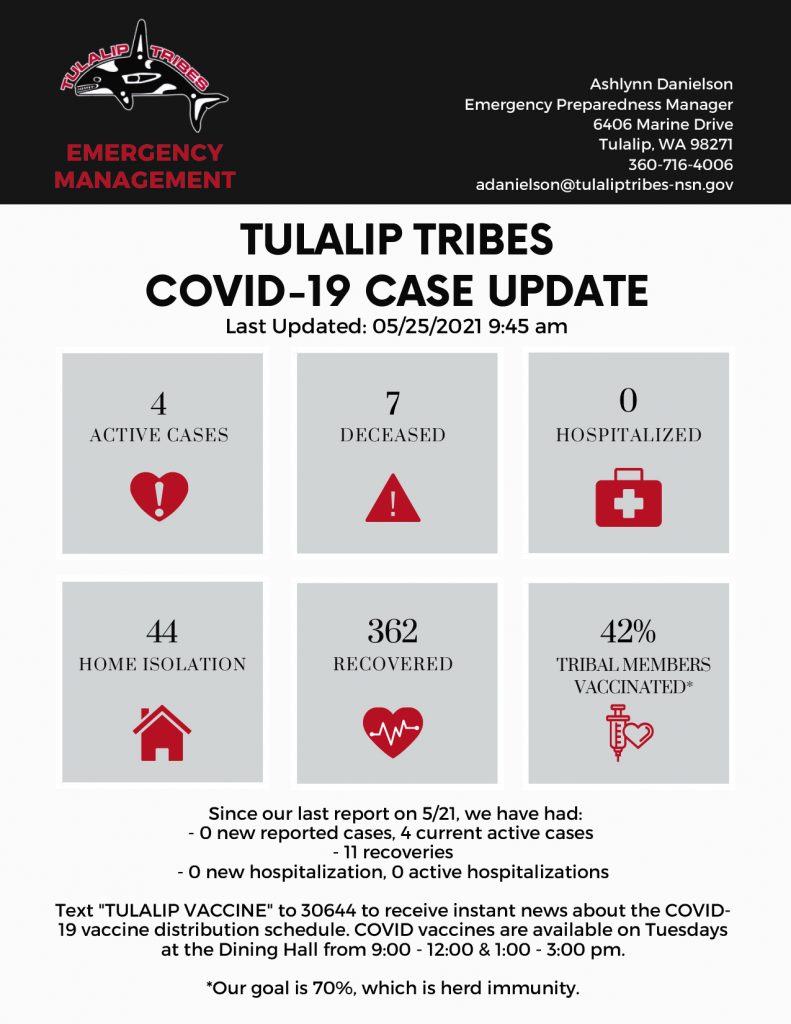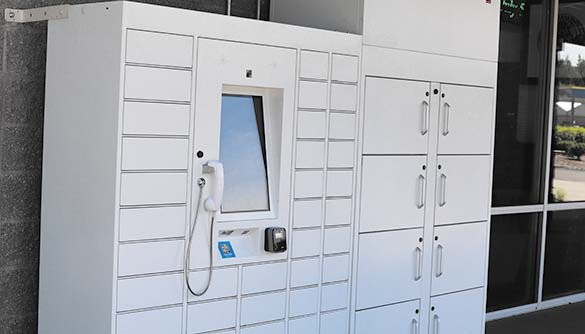
By Kalvin Valdillez
“When the pandemic first hit, we were very concerned about what would happen if our staff members became ill,” expressed Tulalip Clinical Pharmacy Director, Kelvin Lee. “What if we could not continue face-to-face service, what were we going to do? This is basically a solution to that question.”
The iLocalbox is a new and safe option for Tulalip Pharmacy patients who need to pick up their prescriptions after the pharmacy’s standard hours of operations. While utilizing the technology’s large touch screen, patients will be required to verify a number of credentials before receiving their medication from the new distribution system.
Kelvin said, “This is a new concept. And it is also the very first dispensing kiosk in Washington state. A similar product to this would be the Amazon lockers, which most people are familiar with. When you go to a Whole Foods store, you see those lockers where you can pick up your Amazon orders, and this is kind of equivalent to that. We wanted to have a mechanism to dispense prescriptions to patients after hours and this machine can definitely do that. When they order their prescriptions, they can ask us to put it in the kiosk and they’ll be able to pick it up after hours.”
The kiosk is located right outside the pharmacy’s doors. With over fifty storage units, the iLocalbox can hold any type of medication, including refrigerated items. This was an important feature that the pharmacy sought out, as many of the pharmacy’s patients are being treated for diabetes, and medication such as insulin needs to be stored at a specific temperature in order to be effective.
“The bigger units are actually refrigerated units,” said Kelvin. “We need those because a lot of our members are diabetic and they need insulin and have medication that needs to be refrigerated. We don’t want to limit this service to just regular prescriptions, and we are happy to have the refrigerated units, so we can store all those items and our diabetic patients can pick-up insulin after hours.”
The contactless self-service system allows the patients to engage in a fully-digital pharmacy experience, where they can order, pick-up and even pay for their prescriptions with their smart phones.
“When the prescriptions are ready, they will be getting an e-mail notification from us as well as a text message notification,” Kelvin explained. “On the notification, there is a QR code and they can bring their phone to the kiosk and scan the QR code on the machine. After they sign their names on the screen, the corresponding locker will open-up and they can pick-up their prescription. Safe and secure, because we want to make sure the prescription goes to the right person. Our patients also have the option to pay for their prescription right when they receive the e-mail or text notification, or they can choose to pay for it on location. It’s very convenient.”
Kelvin explained that there are some restrictions to the kiosk’s services and they are listed as follows:
- Prescriptions will only stay in kiosk for seven days.
- No controlled substances will be allowed in the kiosk.
- Patient must receive consultation before they are allowed to pick up new prescriptions.
- No pick up from 12am – 7am.
- This service is straightly for patients who cannot make it to the pharmacy during regular business hours. Please refrain from ordering kiosk service if you can pick up during regular hours as there are only limited number of lockers available.
To learn more about the iLocalbox, please contact the Tulalip Clinical Pharmacy at (360) 716-2600.

